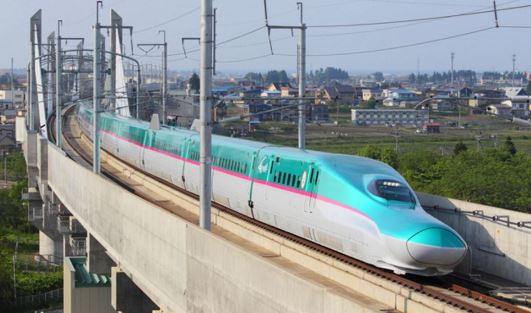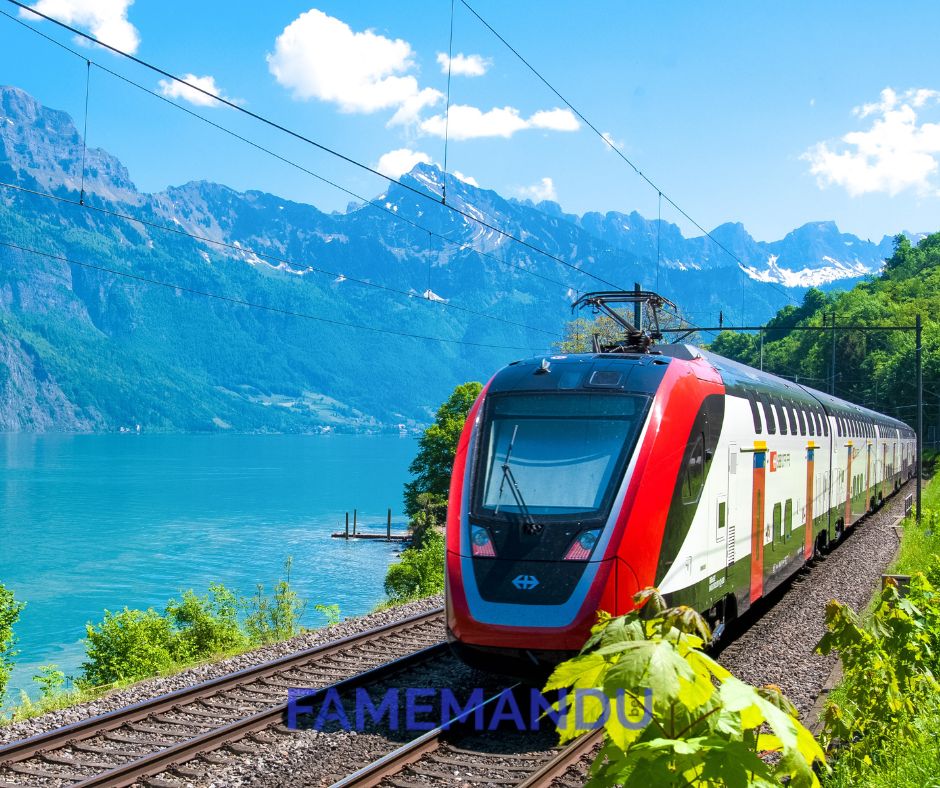1. Shanghai Maglev – 460 kph/286 mph (China)
Shanghai Pudong International Airport and the city center are connected via the Shanghai Maglev, a high-speed magnetic levitation rail in China. It can reach a maximum speed of 460 km/h (286 mph), making it the fastest operating commercial train in the world. By suspending the train above the tracks and utilizing magnetic forces, the Maglev reduces friction and permits extremely high speeds. In just over seven minutes, travelers may travel 30 kilometers (18.6 miles) from the airport to Longyang Road Station, providing them with an effective and cutting-edge transit experience. China’s dedication to developing rail travel at exceptional speeds and expanding its transportation infrastructure is demonstrated by this innovative technology.
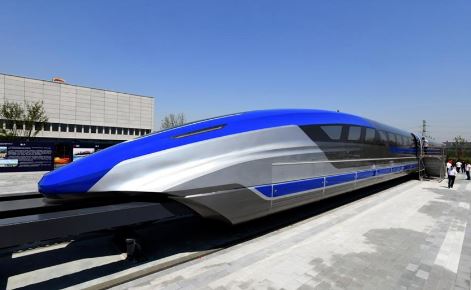
2. CR400 ‘Fuxing’ — 350 kph/217 mph (China)
China Railway Corporation is the company behind the development of the CR400 high-speed train, sometimes referred to as ‘Fuxing’ (meaning renewal). With a top speed of 350 kilometers per hour (217 miles per hour), the CR400 series is used on the nation’s vast high-speed rail network. The Fuxing trains, which were introduced as part of China’s efforts to upgrade its rail transportation system, are equipped with cutting-edge technologies for passenger comfort, efficiency, and safety. These trains use less energy and less air resistance because to their streamlined shapes and improved aerodynamics. China’s railway capabilities have advanced significantly with the introduction of the CR400 series, which offers a dependable and quick means of transportation that advances the country’s economy and technology.
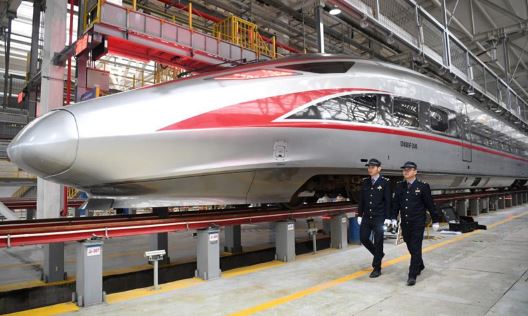
3. ICE3 — 330 kph/205 mph (Germany)
The ICE 3 (InterCity Express 3) is a high-speed train in Germany known for its swift and efficient service. Operating at speeds of up to 330 kilometers per hour (205 miles per hour), the ICE 3 is a flagship of the German railway system. Introduced in the early 2000s, these trains are part of Deutsche Bahn’s efforts to provide rapid and comfortable travel on the country’s high-speed rail network. The ICE 3 features a sleek design, advanced aerodynamics, and cutting-edge technology to ensure a smooth and safe journey. With its impressive speed and modern amenities, the ICE 3 exemplifies Germany’s commitment to high-quality rail transport, connecting major cities and regions with speed and precision.
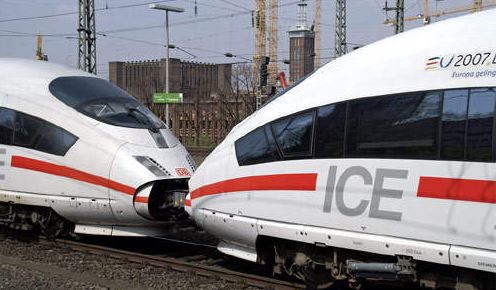
4. TGV — 320 kph/198.5 mph (France)
France’s TGV (Train à Grande Vitesse) is a high-speed rail system that is well-known for its effectiveness and speed. When the TGV was introduced in the late 20th century, it revolutionized rail travel, reaching top speeds of 320 kilometers per hour (198.5 miles per hour). The TGV network, which was introduced in 1981, offers a quick and pleasant way to travel between major cities in France and adjacent nations. The trains’ unique aerodynamic design drastically reduces journey times. The TGV technology has established the global benchmark for high-speed rail, highlighting France’s dedication to transportation innovation. The TGV is still a representation of French engineering superiority and top-notch high-speed rail transportation.
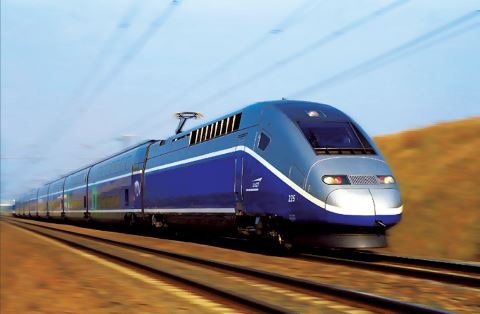
5. JR East E5 — 320 kph/200 mph (Japan)
In Japan, the JR East E5 class of high-speed trains is renowned for its state-of-the-art equipment and flawless operation. The E5 Shinkansen, which connects Tokyo and Aomori, is a vital part of the Tohoku Shinkansen line and can travel at up to 320 kilometers per hour (200 miles per hour). The E5 series was unveiled in 2011 and boasts cutting-edge features like better safety systems, a svelte aerodynamic design, and an efficient ‘nose’ form. The E5 Shinkansen offers passengers a seamless and quick travel experience with its remarkable speed and contemporary comforts, like as roomy interiors and cozy seating. This train is a prime example of Japan’s high-speed rail innovation, demonstrating the country’s technological prowess and commitment to effective transportation.
